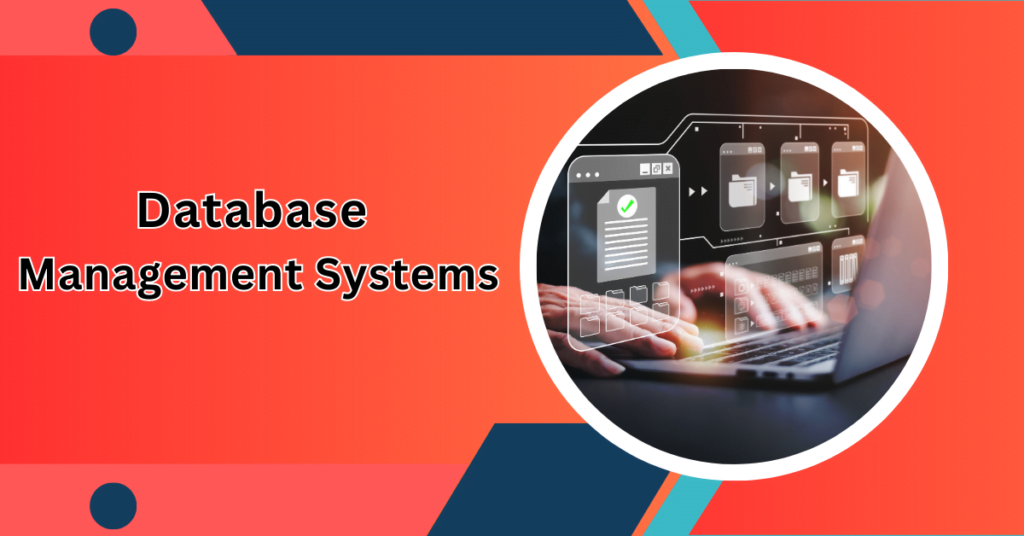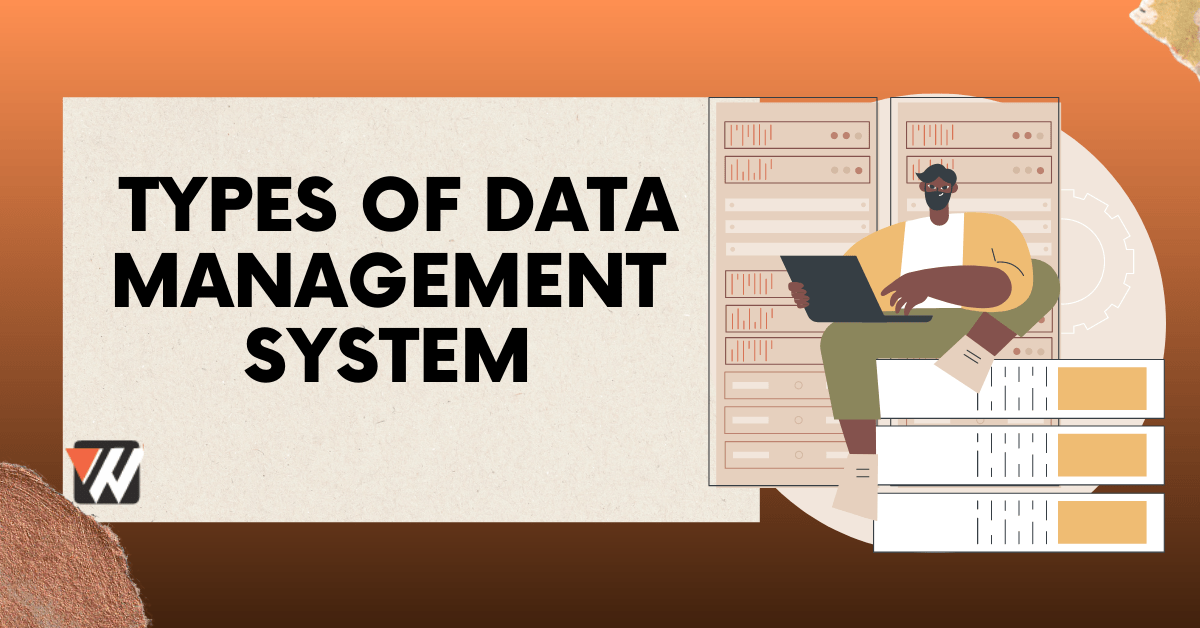Data Management System is a way of organizing and storing the data in a managed path for retrieving it at any time. Various algorithms and software are there to manage the data by performing activities like addition, deletion, and updating. The data management system is a combination of a wide range of activities and tools which work together to maintain the data of your industry or clients in an ordered manner. It can be done differently, but what are the common types of Data Management System? We have created a complete guide here.
Why We Need An Effective Data Management System?
Today, Data Management is the primary demand of almost every company to collect diverse data in a unified tier. It is required to balance the information provided by users perfectly. An effective DMS will prevent data mixing and ultimately prevent loss to your business. Therefore, the company needs a reliable and updated system that helps minimize potential errors and establish the processes by which companies can respond more effectively and efficiently.
What Are The Different Types Of Data Management Systems?
We have discussed previously that there are different types of Data Management system by which we can store and retrieve data whenever we want. We have explained some common kinds of Data Management System below.
1 – Relational Databases Management System (RDBMS)
Relational Database Management System (RDBMS) represents data in tables containing rows and columns. Based on the relational model, it is highly reliable, secure, scalable and the most widely used data management system. It mainly uses Structured Query Language (SQL). This standardized language allows users to perform complex queries on the data in the databases to store, retrieve, and manipulate data. Oracle, MySQL, and Microsoft SQL Server are some examples of RDBMS systems.
2 – NoSQL Database Management Systems
Often used for handling big data, real-time data, and web applications, NoSQL databases can handle various data types, including text, images, and videos. This system can effectively handle unstructured or semi-structured data without a pre-defined schema. Therefore, they are more flexible and scalable and, thus, widely demanded in the web development system. The common NoSQL Database Management System types are MongoDB, Cassandra, and Amazon DynamoDB.
3 – Data Warehousing
Data Warehousing mainly used to store information from a wide variety of different sources. The data collected from a large number of sources is collected and stored in a central repository which is known as Data Warehouse. This system mainly utilized for business intelligence, data mining, and analytics. It is the most optimized type of DMS for fast querying and analysis. The organizations can retrieve the information for their operation and make data-driven decisions. Oracle Exadata, Microsoft SQL Server, and IBM InfoSphere are working on this type of Data Management System.
4 – Object-Oriented Database Management Systems (OODBMS)

So far, we are concerned with the data management application of small businesses. But, when it comes to the management of complex information, used in engineering and other multimedia applications, RDBMS won’t be effective anymore. Therefore, we require Object-oriented database management systems as it stores the information in images, videos, audio files, and other complex data types instead in tables. Also, the scientific research stored in this Object-oriented database management system. ObjectStore, Versant, and GemStone feature this type of DMS.
5 – Graph Database Management Systems (Graph DBMS)
Graph database management system does not use ordinary methods to store the information. In fact, it utilizes the graph theory to represent the data in the form of nodes and edges. Nodes usually show the people, events and products, whereas the edges represent the links or relationships between these entities. Thus, this system manages the relationships between data entities. Graph DBMS systems provide faster access to data than other types of data management systems and have a wide application in social networking, recommendation engines, and fraud detection. Neo4j, OrientDB, and ArangoDB are common types of this system.
6 – Document-Oriented Database Management Systems (Document DBMS)
The document-oriented database management system is designed to store data as documents in a structured format, which can be in JSON, XML, or other forms. Thus, this system allows users to search, retrieve, and manipulate data based on the document’s contents. Therefore, it has applications in different fields like content management, web applications, and e-commerce. Document DBMS include MongoDB, Couchbase, and RavenDB.
7 – Hierarchical Databases management System (HDBMS)
A hierarchical database management system is among the most widely used types for managing data, mainly forming a hierarchy. Relationships between different records represented as parent-children links, which often give a tree-like structure. Besides storing the real data, HDBMS also records the data information about each entity’s groups in different fields containing a single value. This is an easier way to organize the clients’ data when you are running a small business.
8 – Network Databases Management System (NDBMS)
In a Network database management system, the data is stored in large digital computers in the form of members and occupiers. The NDBMS also forms a hierarchy where children called as members and parents represented as occupiers. However, it differs from HDBMS as each child can have more than one parent in NDBMS. Thus, it will create a more extensive network between the records and can store more complex information.
Final Verdict
All these are the details about the data management system and its different types. Based on this information, we can easily conclude that the data management system is essential for managing a huge collection of data, generated by various businesses and organizations. Each type of data management system has its strengths and flaws; therefore the choice of system depends on the organization’s specific needs. Whether it’s an RDBMS for traditional business applications, a NoSQL data management system, a Graph database management system or Network DBMS, we have to learn the basic functioning and structure of each type, and that’s what we have provided in this guide. I hope it will work best for you. Stay tuned for more information!





